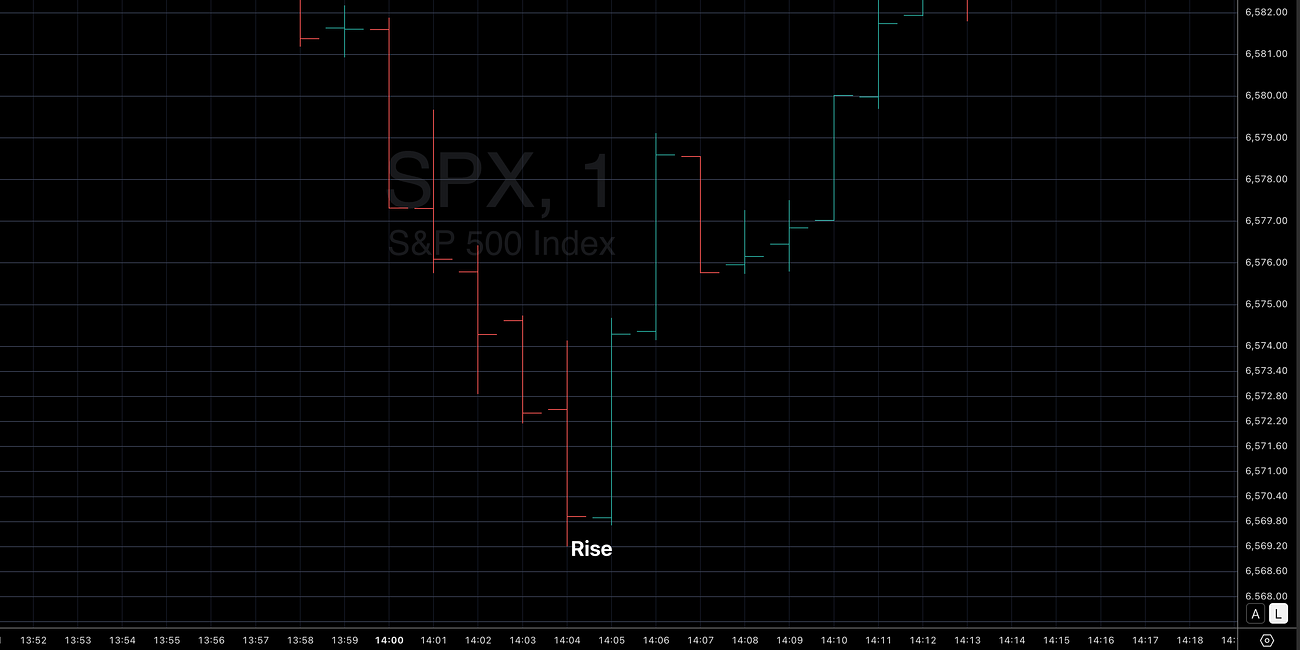The Good Company Illusion and the Death of Models
Markets run on stories.
Some are dressed up as math (DCF).
Some are dressed up as virtue (“I invest in good companies”).
Some are dressed up as sophistication (private equity, frontier markets).
But they’re all the same thing: prediction wrapped in narrative. And they’re all breaking.
The Good Company Illusion
“I invest in good companies.” It sounds prudent, even noble.
But what does “good” mean in practice?
It’s shorthand for a bundle of forecasts: revenues will keep growing, management will keep executing, customers will keep buying, regulators won’t interfere, competitors won’t leapfrog.
Every one of those is a prediction.
“Good” is just a warm-sounding proxy for “my model says up and to the right.”
History is littered with “good” companies that were disastrous investments: Cisco in 2000, GE post-2008, banks pre-GFC. Being “good” didn’t save them from variance collapse or valuation resets.
DCF = Prediction Stacked on Prediction
DCF is the institutional twin of the “good company” narrative.
Forecasted revenues, expenses, capex, growth rates, terminal multiples, discount rates — then compounded years into the future.
Every input is a prediction.
Even the “risk-free” rate or WACC is a forecast of future financing conditions.
DCF isn’t a valuation. It’s a probabilistic stack of guesses.
Shift a discount rate from 8% to 9% and you can wipe out billions in “value” instantly. The company didn’t change, the cash flows didn’t change, only the model did.
That fragility isn’t valuation — it’s probability theater.
Markets prove this every day.
If DCF worked as truth, bubbles and crashes wouldn’t happen. But they do — repeatedly.
The Private Equity Mirage
Knowing this, many hide out. “We do private equity. We do frontier markets. We don’t live in the noisy public arena.
But prediction doesn’t go away in the dark.
It just gets harder to falsify.
Forecasts still underpin every deal model.
The only difference is that you’ve given up liquidity and real-time price discovery.
Liquidity and flow seek resolution.
They are higher-order than valuation frameworks. That’s why public markets feel dangerous to model-worshippers: because the tape reveals truth immediately. In private equity you can pretend longer, but you’re still predicting.
The Higher Order
Whether it’s a “good company,” a DCF, or a PE model, you’re still playing the same game: probability.
Causality and authorship are a different game entirely.
Prediction models variance; authorship collapses it.
2:05 — The Move That Can't be Modeled
If you were to investigate yesterday’s tape, you could ask a technical analyst: Why did the market rally precisely at 2:05?
Think of it this way: in a market coiled with bids and offers, hundreds of models are trying to predict which side will win. But one decisive order — or one decisive authored call — collapses the variance instantly. In that second, every forecast is overwritten by resolution. That’s authorship in action: causality, not probability.
For operators, this isn’t philosophy — it’s actionable.
The tape itself tells you when variance collapses. Resolution appears in seconds.
You don’t need 300-line Excel models when the market validates or invalidates every forecast in real time.
Liquidity as Proof
Liquidity and flow are not enemies; they’re proof.
They’re the medium where authorship shows up.
Liquidity isn’t noise — it’s the experiment running in real time.
Every forecast, every DCF, every “good company” narrative is tested, falsified, or resolved in the tape instantly.
That’s why institutions who dismiss liquidity as “short-termism” miss the point: it’s not short-term, it’s the only term that actually resolves.
Liquidity isn’t the distraction — it’s the truth serum.
If causality is authorship, liquidity is the receipt.
The Case
• The Good Company Illusion is prediction dressed as virtue.
• DCF is prediction dressed as math.
• Private equity is prediction hidden from daylight.
All of them are fragile.



